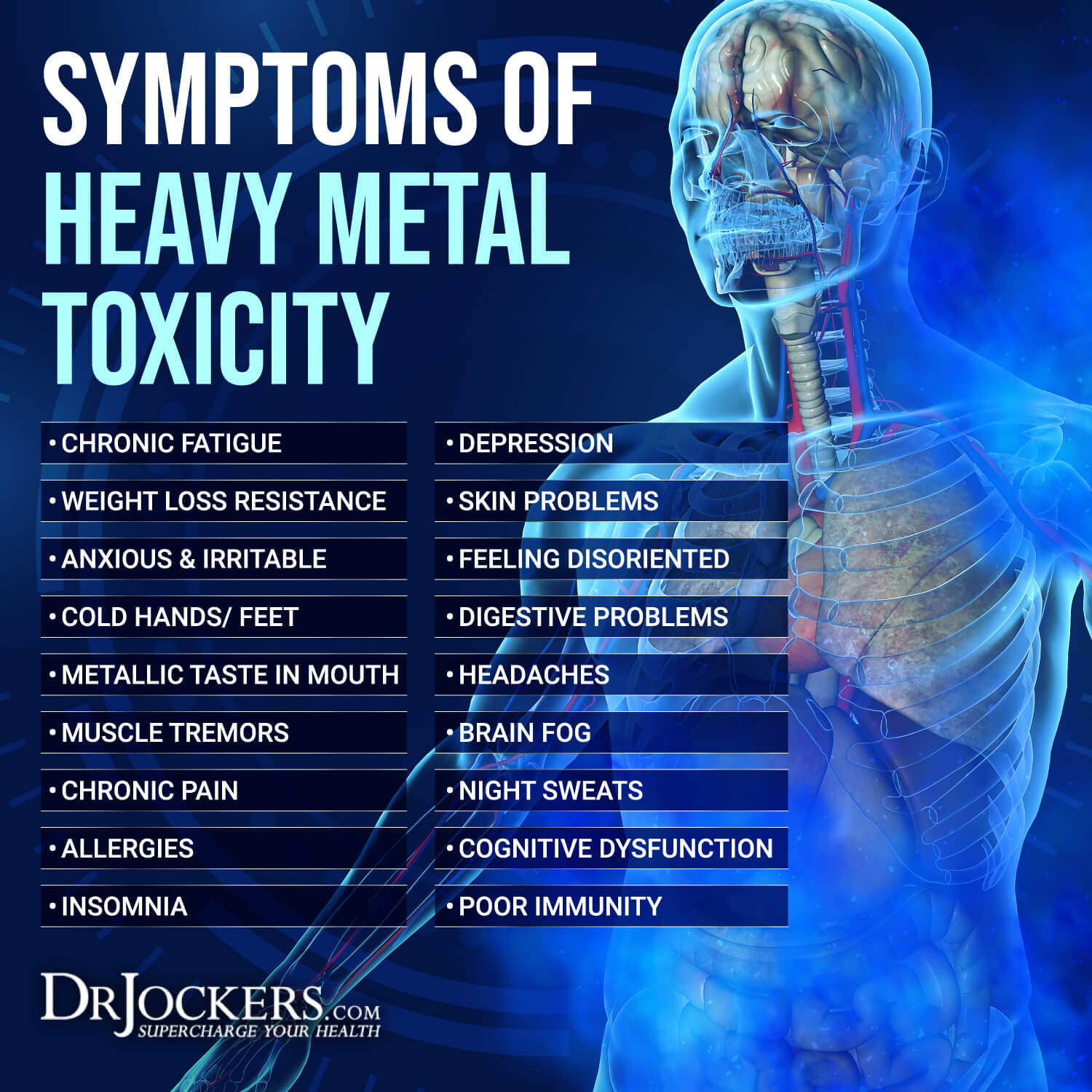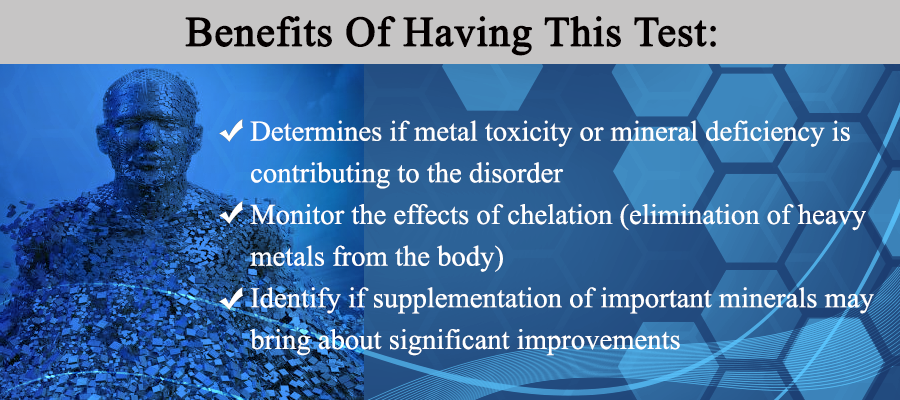![]()

Heavy metals are completely ubiquitous in our modern environment. Industrial pollution, modern technology and consumer goods are the route of exposure for most individuals. Our bodies can typically handle small dosages of these metals but larger doses are a very serious stress on the body.
It is impossible to completely avoid exposure to toxic metals. Many have occupations that expose them to high levels of metals while others are exposed through air pollution and food and beverages. It is possible to reduce exposure to these metals through proper lifestyle choices.
What Are Heavy Metals?
Heavy metals toxicity caused by increasing levels of pollution and use of chemicals in industry is a growing threat to our health and development of our children. High levels of toxic metals deposited in body tissues and subsequently in the brain, may cause significant developmental and neurological damage.
When Do Metals Become a Problem?
Acute metal poisoning is very rare but chronic low-level exposure to toxic metals can lead to a significant retention in the body and be associated with a vast array of health problems. The adverse health effects of heavy metals occur when the individual’s net retention of metals exceeds physiological tolerance.
The key factor here is the individual’s ability to detoxify and eliminate these metals. When the liver, kidneys and gut are healthy and functioning optimally they can eliminate most of these poisons. Chronic elevated exposure over-time will wear out these systems and cause metal retention where assimilation exceeds elimination.

Who Is Vulnerable to Heavy Metal Toxicity?
Occupational hazards for heavy metal toxicity include working with industrial chemicals, automobile repair, dental work, painting, construction work, etc. Also, many individuals have older homes with lead or copper pipes that can leach these metals into the water. Drinking city tap water can have a variety of these different metals as well.
Beyond exposure to the metals, the individuals who are most at risk for heavy metal toxicity are those who are suffering from pre-existing health challenges. These include leaky gut syndrome, liver damage, chronic infections, elevated mental/emotional stress, trauma and/or injury, blood sugar imbalances and micronutrient deficiencies. These issues can both contribute too heavy metal toxicity or be caused by the damaging effects of heavy metal toxicity.

Testing For Heavy Metals
There are many ways people have used to test for heavy metals. Most commonly are blood, hair and urine analysis. Quicksilver Scientific’s blood metals panel screens for 16 metals – a broad range of nutrient and toxic metals to show elevated exposures to toxic metals or imbalances of nutrient metals in while blood.
Nutrient Elements: Calcium, Copper, Lithium, Magnesium, Manganese, Molybdenum, Selenium and Zinc.
Potential Toxic Elements: Antimony, Arsenic, Cadmium, Cobalt, Lead, Mercury, Silver and Stronium.
Total Cost: $250.00
If you live in New York or New Jersey, some lab testing may not be able to be completed. Please contact our team at (847) 222-9546 to verify that this request can be fulfilled.


Fortunately, because of the many thousands of newsletter readers and social media followers, my team has been able to network with a great lab distributor and get the best possible pricing for everyone.
The retail value (using market value and insurance based rates) is highly inflated and driving up the cost of health care. This is the old, archaic method that many people are still using and paying way more for insurance and co-pays than they really should be.
Many intelligent people are saving insurance premium dollars and turning to pay by order labs such as DirectLabs and others. These skip the middle man (doctors’ visits) and cut down costs for the patient.

If the test requires blood work you can take your kit to any local lab and have the trained professional take your blood and fill out the kit and send it in the mail.
Urine and blood prick tests can all be done in the comfort of your home and sent into the lab with the mailing slip in your kit. All instructions will be sent to you with the kit. It is a very simple process that most anyone can figure out. The lab also has a customer service phone # if any help is needed.





